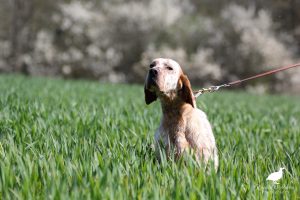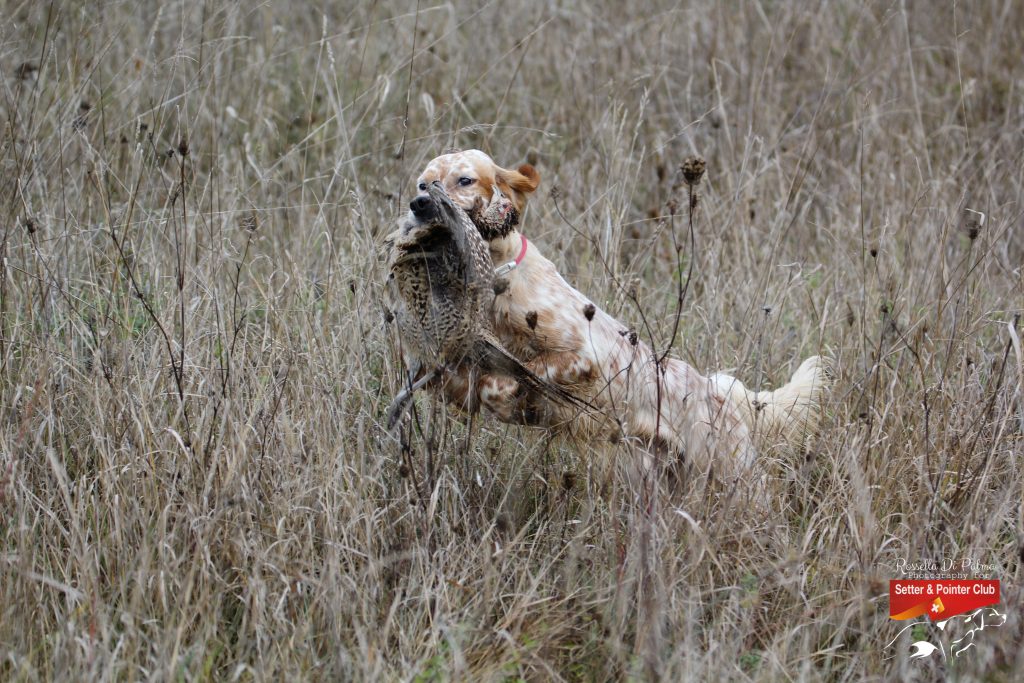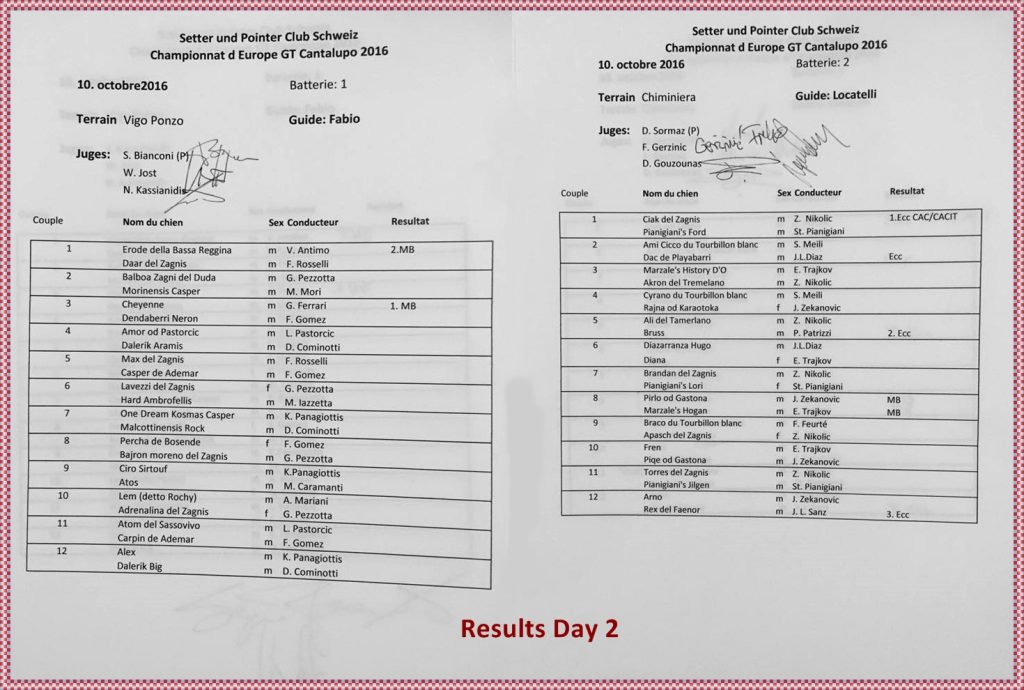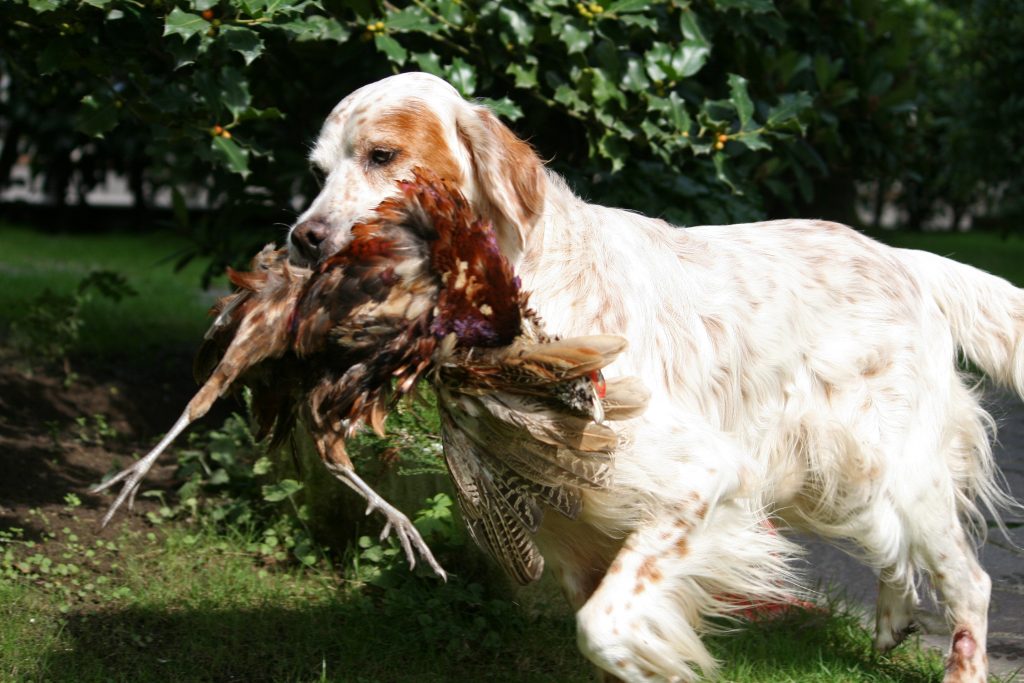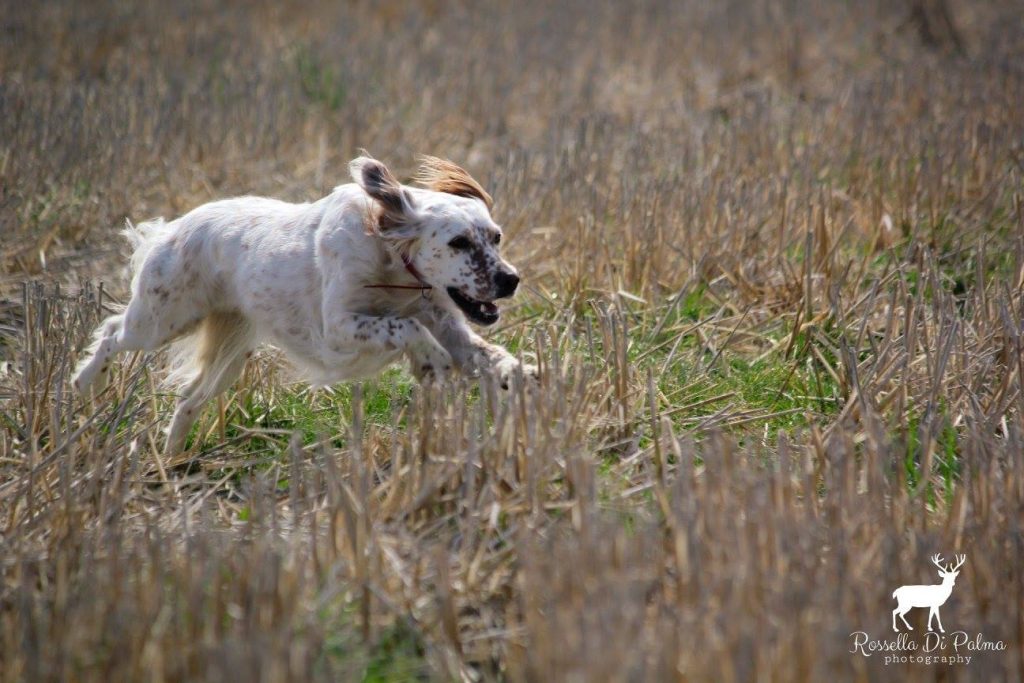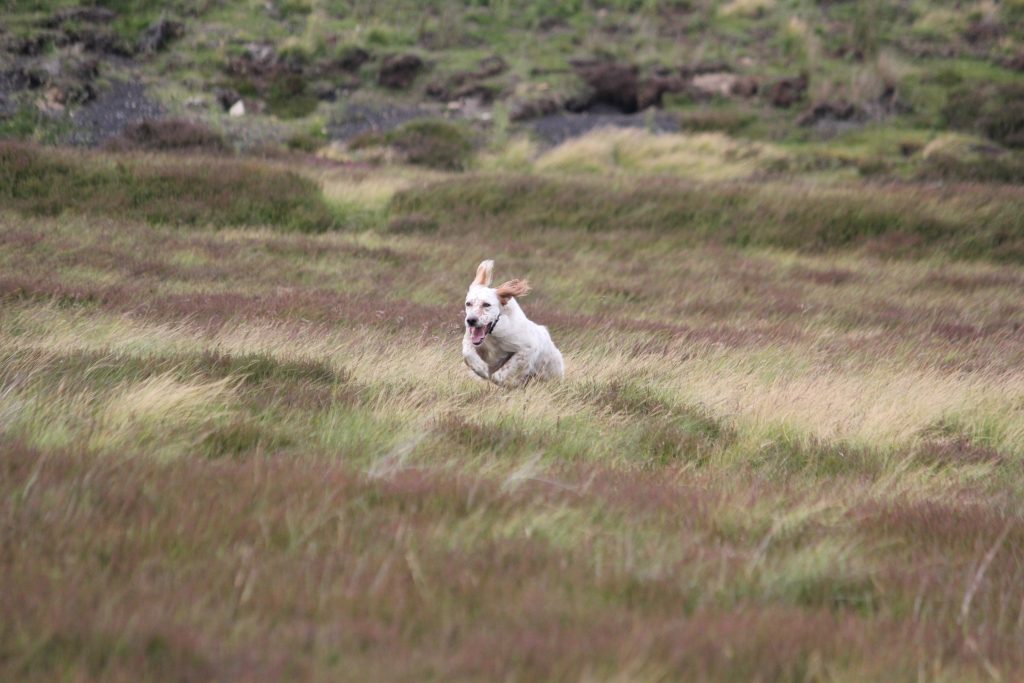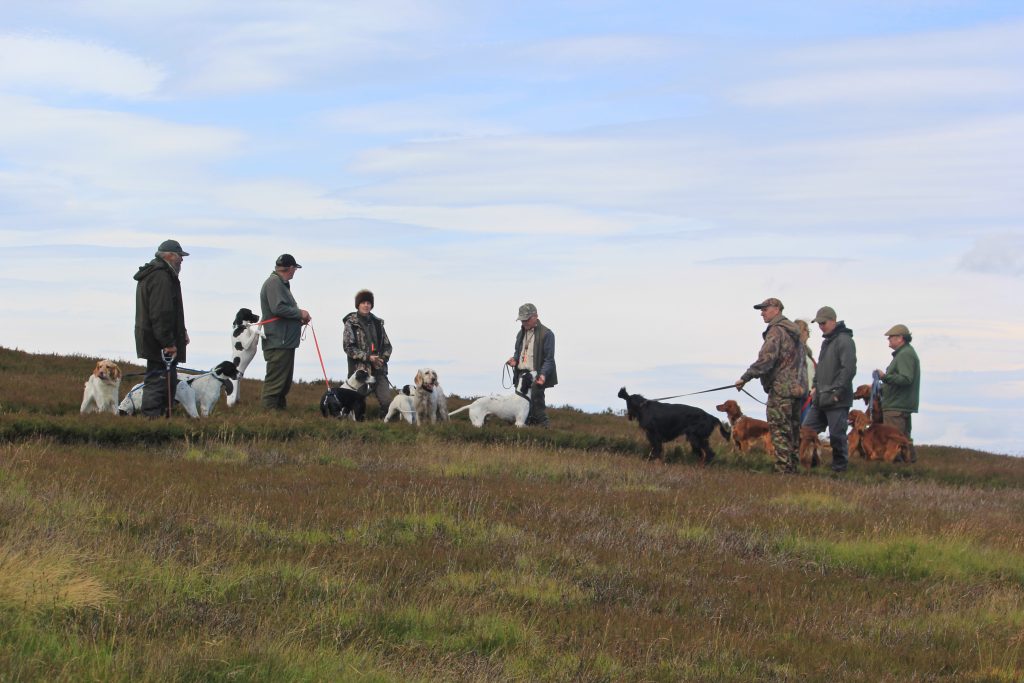Lady Jean Fforde of Isle of Arran Kennels – An Appreciation by Jon Kean
Herewith a tribute to Lady Jean Fforde who has passed away on 13th October 2017, 3 weeks before her 97th birthday by Jon Kean
I first met Lady Jean in the 1970s – appropriately enough it was on the grouse moors in Perthshire. Janette and I were there just to spectate at the field trial and find out more about working Pointers and Setters. Lady Jean immediately put us at ease and explained what was happening at the trial. My one abiding memory from that day was the unusual footwear Lady Jean sported. It was a pair of sandshoes (baseball type) with the words “Skateboard City” emblazoned on the side. Her great friend Mrs Patience Badenoch Nicolson was there too. Their guidance inspired me to find out more about working Pointers.
From that day, friendship developed and I learned so much from Lady Jean and Patience about working Pointers. After a while, I asked Lady Jean if it would be possible to purchase an Isle of Arran Pointer. My wish was granted! In historical terms, the Pointer kennels were among the first, if not the first, to be registered by her grandfather at the Kennel Club when it was formed. In 1983, I brought back from Arran two male puppies from Lady Jean’s litter, sired by Moanruad Aron (the late John Nash’s Pointer) and Isle of Arran Neillia (litter sister of the 1981 Champion Stake winner FT CH Isle of Arran Larch, handled by Mrs Marcia Clark). I reared Isle of Arran Micha and the brother Isle of Arran Gideon was bought by Duncan Davis from the North of England. The rest, as they say, is history. Gideon duly became a field trial Champion and Micha (pet name Duke) won the Champion Stake at Bollihope Moor in County Durham in 1989. Duke was a fantastic Pointer for our shooting trips to Garrogie Estate, owned by Charles Connell in Invernesshire. Apart from his game finding ability, Duke’s great attribute was his stamina and endurance. He had the strength of 3 dogs.
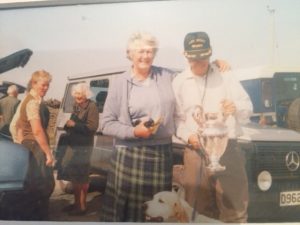
Lady Jean and Patience were hugely influential people in the Pointer world. They were always willing to help and offer advice to anyone interested in working gundogs. One day, I was called aside for an informal chat. Lady Jean told me: “Patience and I both agree that you need to put something back into the sport. We think you should take on the role of Honorary Secretary of the Scottish Field Trials Association.” I was duly appointed in 1986 and have done the job of Secretary for the Pointers and Setters ever since.
Looking back, there were many famous Pointers with the Isle of Arran prefix. The list is endless – Isle of Arran African Queen, Scotney Isle of Arran Regent, Isle of Arran Juno, FT CH Scotney Isle of Arran Jack, Isle of Arran Minoru, FT CH Isle of Arran Dice, Isle of Arran Lilly. Lady Jean’s favourite was FT CH Isle of Arran June, a beautiful orange and white bitch. In Lady Jean’s memoir, she wrote: “ June became the dog of my life – I adored her! Considering she was the first dog of any kind I had trained myself, she was a miracle. I trained her by phoning Patience Nicolson week by week, and asking for instructions.”
Lady Jean was President of the Pointer Club of Scotland since it was founded many years ago. She had many, many interests outwith the world of field trials. She was a keen gardener, for example. Her parents brought back many rare plants from their trips throughout the world. On our visits to Strabane, her home at Brodick, Lady Jean gave us a guided tour of the gardens. On one visit, Lady Jean told us she would be sending her friend to collect us from the ferry at Brodick. The friend just happened to be Richard Todd, the Oscar-nominated actor best known for war dramas like The Hasty Heart, The Dam Busters and The Longest Day.
She was also involved with the RNLI and the Red Cross. She was an artist. Lady Jean wrote fascinating memoirs – Castles in the Air and Feet On the Ground – From Castles to Catastrophe. In those books, we discover she spent part of her life in India, Palestine, Sierra Leone, Northern Rhodesia and of course her beloved Isle of Arran. It was at the Government Code and Cypher School at Bletchley Park that Lady Jean joined the army of women who cracked the German code to save countless lives and shorten the war by at least two years.
Lady Jean’s mother was very keen on taking cine films of life on Arran, which included stalking and shooting over Pointers on the island from the 1930s onwards. A couple of years ago we spent a lovely afternoon in Strabane viewing some of the reels of film, and they are fascinating to watch.
Lady Jean sent me a gift of the book called Training Setters and Pointers for Field Trials, by Professor John Beazley, Alf Manners and Arnold White-Robinson. It is signed : “To Jon. Wishing You every luck in field trials with your puppy. Jean Fforde 1981.” I have used this book as a guide for seminars ever since.
In 1982, Lady Jean asked me to show her Champion Stake winner, Larch, at Crufts in London. This I duly did and was thrilled when the Judge Mrs Kitty Edmondson awarded a prize to Larch. Unbeknown to me,Lady Jean’s best friend , Princess Antoinette of Monaco, was a surprise visitor at the ringside at Crufts.
I will always have great memories of Lady Jean. Our last visit to Lady Jean was in July this year. She was in good spirits and very keen to hear news from the world of Pointers. RIP Lady Jean.
Still curious about British trials? Check the section A Month on the Moor or click here.


